Tomorrow night will mark exactly one year since a group of volunteer London cyclists captivated a global audience, riding on their Dawes bicycles through the London 2012 Olympic stadium dressed as doves of peace.
Outside the stadium, having unsurprisingly strayed too close to the Olympic exclusion zone, 182 Critical Mass riders were arrested and harried in to waiting Police vans. Local residents were furious to find themselves cycling on the perimetre roads of the Olympic park following the closure of the safe river Lea towpath on "security grounds" - a ban which evidently didn't apply to cycling soldiers drafted in at the last minute to mop up the mess left behind by shame-faced security firm G4S.
The Games witnessed the tragic death of a cyclist at the gates of the Olympic park, two-wheeled visitors from around the world cycling through London, not to mention capacity crowds turning out on the streets to cheer for Team GB cyclists in the road races, time trials and triathlons. Who can forget "King Bradley" on his throne at Hampton Court, the sporting prowess of Dame Sarah Storey and her four Paralympic Gold medals, or my favourite 2012 moment; Sir Chris Hoy (and his parents!) delivering a tense career-concluding race on the banks of the brand new velodrome in Stratford?
The London 2012 Olympic and Paralympic Games have already passed in to a halcyon haze of gold medals and flag-waving high spirits, but London still awaits its true legacy, and it lies in our roads.
July 2012 saw more than a million Barclays Cycle Hire journeys in one month for the first time ever, with 47,000 Boris Bike journeys being made on the 26th July alone. But more astonishing changes were taking place across London's road network.
At peak times, there was an average 10% to 15% reduction in motorised traffic on the Olympic Route Network. For the first time in Olympic history, no private car parking was offered to all 7.25 million ticket holders, essentially creating a "car-free" Games for spectators, each of which were issued with free public transport tickets. Record numbers of spectators also viewed the road events across London and the South East, with a total of 1.8 million estimated to have attended. The Bike Show's Jack Thurston recalls his experience;
"I was at Richmond Park for the Mens Road Race and the park was closed to all traffic (except bikes) and the result was a veritable festival of cycling down there. Sunshine, picnics, and then for a few seconds, the race itself.
I also went along to the Time Trial, down at Esher. It was at least three people thick all the way down. I don't think the world has ever seen a bigger crowd for a time trial event. Most were cyclists, many had come on bikes on the day"
London's Underground absorbed passengers who might usually have been travelling by car from the streets above; Tuesday, 7 August was the busiest day ever in the Tube’s 150 year history, carrying 4.57 million passengers. The Docklands Light Railway saw a 100% jump in rider numbers, whilst London buses carried an astonishing 161 MILLION passengers during the Olympic and Paralympic Games.
At Games venues some 15,000 free cycle parking spaces were laid on especially to accommodate bike riding athletes, dignitaries and visitors - and they were needed...
Measurements on bridges over the Thames during the Olympic Games indicated 20% more cyclists and 22% more people on foot, compared with the previous fortnight. In Central London the figures showed 29% more cyclists, and in East London 62% more cyclists and 158% more pedestrians, indicating large increases in the areas most affected by the Games.
One of the most astonishing Olympic experiences for me was seeing the speed with which special Games Lanes, barriers and right turn bans were put in to place across the road network, and the effect it had in evaporating traffic by reducing space available for it. Riding home from work on the night of the Olympic Opening Ceremony - July 27th 2012 - will always be for me one of the most astonishing cycling experiences. Berkeley Square in Mayfair - usually a traffic-choked gyratory - was silent from the absence of motorised traffic. On New Bond Street well-heeled pedestrians normally confined to narrow pavements spilled over in to car-free streets. On the Kingsway in Holborn - a road more akin to a motorway than a central London boulevard - the sheer volume of space given over to shifting vehicles around our city became apparent by their absence. I was home in time to watch the Red Arrows roar over my house in East London having barely broken in to a sweat on the journey with only fellow cyclists to contend with aolong the trip.
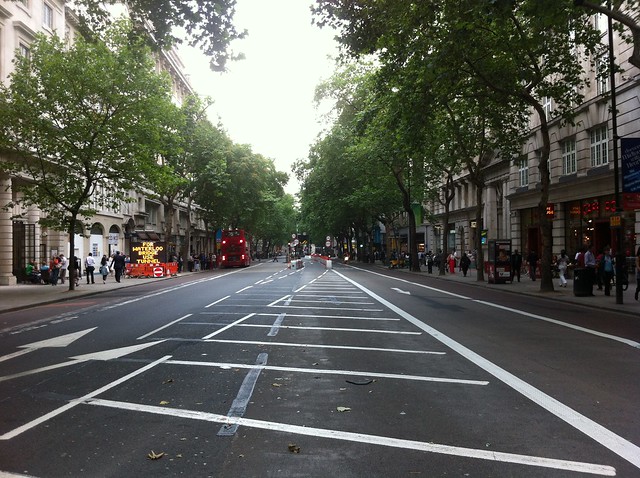
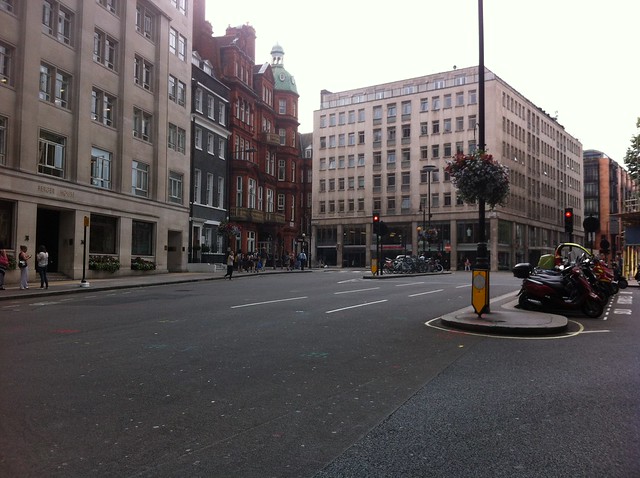
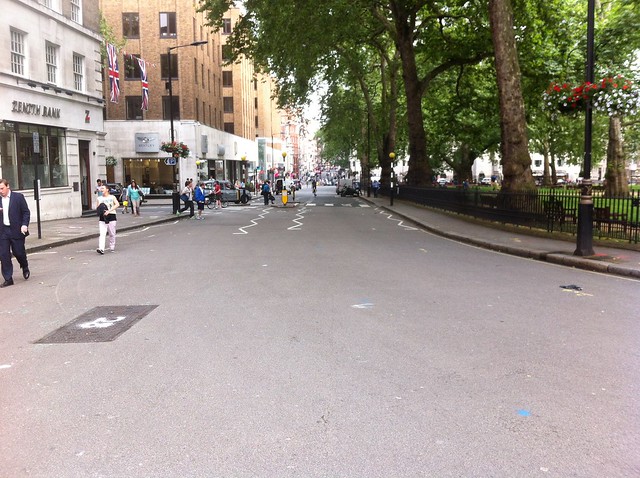
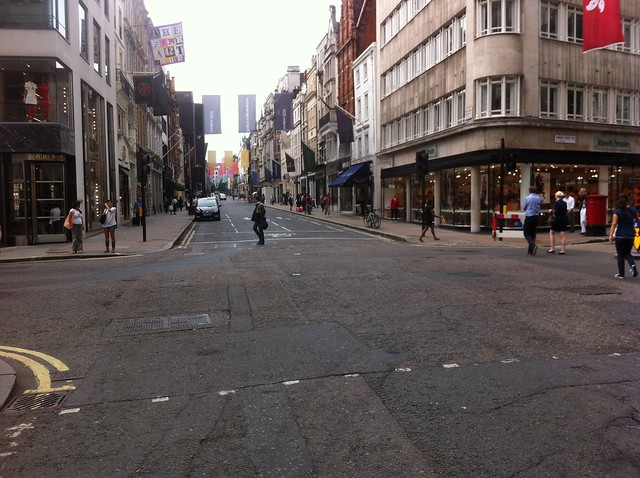
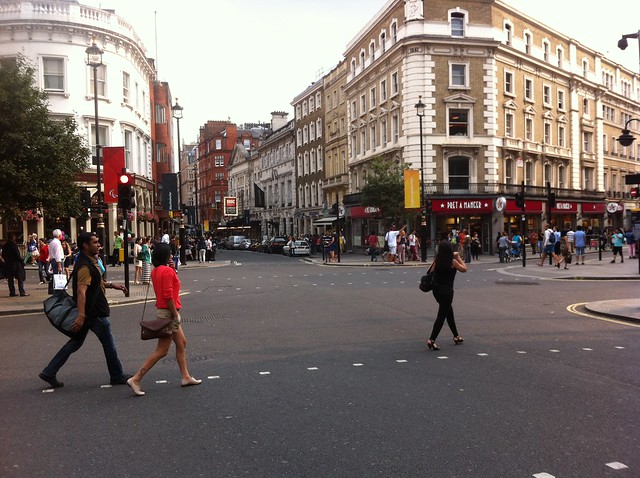
Since the Games the Mayor of London, Boris Johnson, has announced a very welcome cycling festival (happening next week!) and planned record investments in cycling facilities including "Cross Rail for bikes'. It's fair to say these plans are the most ambitious cycling plans ever produced in Great Britain, and should they succeed then they will change the face of London - and how we get around it - forever.
However, the £1billion in bike funds needed to realise these plans have not yet been secured from the Government, and Transport for London are still waiting for approval from the Department of Transport to begin incorporating bold cycling innovations in to their road designs such as small bicycle traffic lights and separated cycling infrastructure with priority over side roads.
And within Transport for London itself, there are still those who would seek to turn more space over to motorised traffic and side-track cycling plans. Recent announcements regarding the Mayor's Road Task Force still rang empty with references to "network capacity assurance" and "smoothing traffic flow".
If the 2012 Games taught us anything, it should be that our road network is capable of being much more lean and dynamic than it currently is, and the scope for positive change is there. London's real Olympic legacy lies not just with shining sports venues and future medal hopes, but in the very possibility of changing our city for the better in the future, with cycling at the centrepiece of that vision. The Games showed us that such change is not only possible, but that it is there for the taking - recent cycling fatalities demonstrate that Transport for London and the Mayor's office must simply get on with it.
Share |
Not your average commute to work...
Outside the stadium, having unsurprisingly strayed too close to the Olympic exclusion zone, 182 Critical Mass riders were arrested and harried in to waiting Police vans. Local residents were furious to find themselves cycling on the perimetre roads of the Olympic park following the closure of the safe river Lea towpath on "security grounds" - a ban which evidently didn't apply to cycling soldiers drafted in at the last minute to mop up the mess left behind by shame-faced security firm G4S.
Soldiers cycle the River Lea towpath
- photo via the now sadly defunct Leabank Square blog.
The Games witnessed the tragic death of a cyclist at the gates of the Olympic park, two-wheeled visitors from around the world cycling through London, not to mention capacity crowds turning out on the streets to cheer for Team GB cyclists in the road races, time trials and triathlons. Who can forget "King Bradley" on his throne at Hampton Court, the sporting prowess of Dame Sarah Storey and her four Paralympic Gold medals, or my favourite 2012 moment; Sir Chris Hoy (and his parents!) delivering a tense career-concluding race on the banks of the brand new velodrome in Stratford?
No comment necessary!
The London 2012 Olympic and Paralympic Games have already passed in to a halcyon haze of gold medals and flag-waving high spirits, but London still awaits its true legacy, and it lies in our roads.
July 2012 saw more than a million Barclays Cycle Hire journeys in one month for the first time ever, with 47,000 Boris Bike journeys being made on the 26th July alone. But more astonishing changes were taking place across London's road network.
At peak times, there was an average 10% to 15% reduction in motorised traffic on the Olympic Route Network. For the first time in Olympic history, no private car parking was offered to all 7.25 million ticket holders, essentially creating a "car-free" Games for spectators, each of which were issued with free public transport tickets. Record numbers of spectators also viewed the road events across London and the South East, with a total of 1.8 million estimated to have attended. The Bike Show's Jack Thurston recalls his experience;
"I was at Richmond Park for the Mens Road Race and the park was closed to all traffic (except bikes) and the result was a veritable festival of cycling down there. Sunshine, picnics, and then for a few seconds, the race itself.
I also went along to the Time Trial, down at Esher. It was at least three people thick all the way down. I don't think the world has ever seen a bigger crowd for a time trial event. Most were cyclists, many had come on bikes on the day"
London's Underground absorbed passengers who might usually have been travelling by car from the streets above; Tuesday, 7 August was the busiest day ever in the Tube’s 150 year history, carrying 4.57 million passengers. The Docklands Light Railway saw a 100% jump in rider numbers, whilst London buses carried an astonishing 161 MILLION passengers during the Olympic and Paralympic Games.
At Games venues some 15,000 free cycle parking spaces were laid on especially to accommodate bike riding athletes, dignitaries and visitors - and they were needed...
Measurements on bridges over the Thames during the Olympic Games indicated 20% more cyclists and 22% more people on foot, compared with the previous fortnight. In Central London the figures showed 29% more cyclists, and in East London 62% more cyclists and 158% more pedestrians, indicating large increases in the areas most affected by the Games.
One of the most astonishing Olympic experiences for me was seeing the speed with which special Games Lanes, barriers and right turn bans were put in to place across the road network, and the effect it had in evaporating traffic by reducing space available for it. Riding home from work on the night of the Olympic Opening Ceremony - July 27th 2012 - will always be for me one of the most astonishing cycling experiences. Berkeley Square in Mayfair - usually a traffic-choked gyratory - was silent from the absence of motorised traffic. On New Bond Street well-heeled pedestrians normally confined to narrow pavements spilled over in to car-free streets. On the Kingsway in Holborn - a road more akin to a motorway than a central London boulevard - the sheer volume of space given over to shifting vehicles around our city became apparent by their absence. I was home in time to watch the Red Arrows roar over my house in East London having barely broken in to a sweat on the journey with only fellow cyclists to contend with aolong the trip.





Above, the Kingsway in Holborn, Berkeley Square and New Bond Street in Mayfair and St Martin's Lane in Covent Garden - between 5.30PM and 6PM on Friday 27th July 2012, and empty. Below, Regent's Street - usually one of London's busiest and nosiest roads.
Since the Games the Mayor of London, Boris Johnson, has announced a very welcome cycling festival (happening next week!) and planned record investments in cycling facilities including "Cross Rail for bikes'. It's fair to say these plans are the most ambitious cycling plans ever produced in Great Britain, and should they succeed then they will change the face of London - and how we get around it - forever.
However, the £1billion in bike funds needed to realise these plans have not yet been secured from the Government, and Transport for London are still waiting for approval from the Department of Transport to begin incorporating bold cycling innovations in to their road designs such as small bicycle traffic lights and separated cycling infrastructure with priority over side roads.
And within Transport for London itself, there are still those who would seek to turn more space over to motorised traffic and side-track cycling plans. Recent announcements regarding the Mayor's Road Task Force still rang empty with references to "network capacity assurance" and "smoothing traffic flow".
If the 2012 Games taught us anything, it should be that our road network is capable of being much more lean and dynamic than it currently is, and the scope for positive change is there. London's real Olympic legacy lies not just with shining sports venues and future medal hopes, but in the very possibility of changing our city for the better in the future, with cycling at the centrepiece of that vision. The Games showed us that such change is not only possible, but that it is there for the taking - recent cycling fatalities demonstrate that Transport for London and the Mayor's office must simply get on with it.
- Figures on the performance of London's transport network from the Parliamentary report available at this link (PDF).
Share |
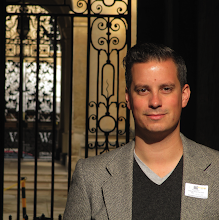






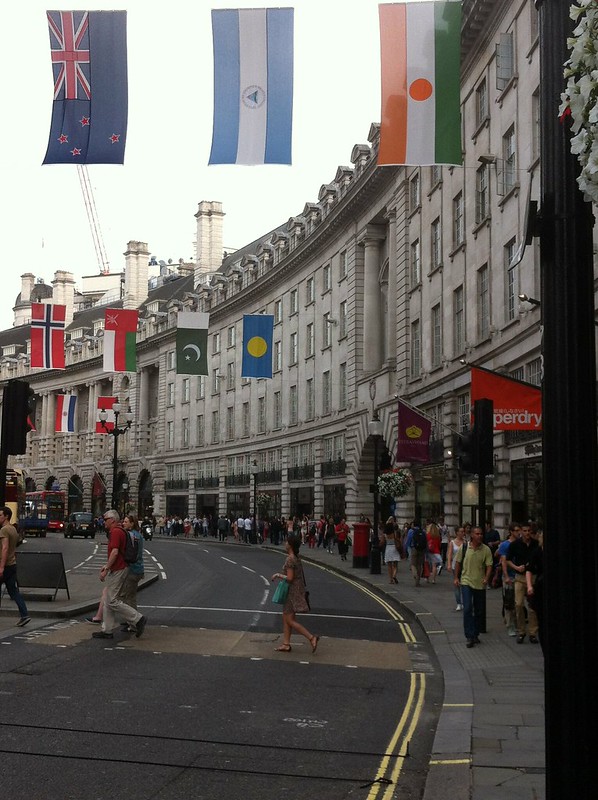
6 comments:
The Olympic fortnight was some of the best of times i've ever had for cycling in London too. The games lanes had their idiosyncrasies and odd restrictions, but the sheer lack of traffic (save the odd rushing games car) made cycling a real joy and demonstrated the potential London has for being so much more cycling friendly.
Cycling to work at the time was an incredible experience.
Leaving the traffic nightmare that is the A13 behind (I ride next to it on the CS3) I get to tower hill, then embankment/parliament square and on into fulham and...bloody hell. Where are the cars!?!?!?!?!?
It was like one of those zombie films...just cyclists and a few black cabs and white vans - it was a hell of a lot more than a 10-15% reduction of traffic on my route!
Embankment doesn't need to be a coach and car park, you can run a city by putting the private car 2nd/3rd/4th/etc.
I really hoped at the time people would take note - maybe they have?
Lets not let them forget.
@Monchberter I agree! It was a fantastic time to be cycling in London (although strangely I didn't cycle to any of the ticketed events I attended; those free travel passes were just too tempting!)
@Anonymous I know the route you describe very well, and the section around Tower Hill is usually particularly poor. This will, in the future, form part of the "Cross rail for bikes" route, but of course we wait to see if they'll get round to building it and to what quality it will be...
I totally agree that it is too easy to forget just how different London was during the Games, and I hope the lessons that the city CAN operate in a different way won't be forgotten.
When I took the photos, above, on the night of the Opening Ceremony it was EXACTLY like a Zombie movie!!
It very much depended where you were cycling. My cycle into London from the West was worse than usual thanks to the removal of an advance stop line opposite Upper Brook Street. Additionally, cycling through Hyde Park was far from satisfactory (the closures this year are much less arduous, but we must remember that this key traffic free route east-west gets partially closed year round!) As such, I was quite happy to have a week off. When it came to going to the Olympic Park, I concluded from the death and the lack of a safe route across town that I was best placed to just use the public transport alternative.
But yes, it was shown that space could be reallocated quickly, and that overall traffic levels in London do not depend on heavy use of private cars. Just that, along the way we took out a few key facilities without providing any alternative. Still quite bad at that. And the vision is pretty quiet on such matters, which given that roadworks have been implicated in recent deaths is quite a gap.
it has been a great year time for London and sport and all involved in the community. Question is what now. It has been a battle to encourage cycling but with such fast pace of life and work demands in London I can see why we are struggling to get more people involved.
I am wondering that where they gonna park these cycles! they need to have some services from Gatwick Airport Parking
Post a Comment